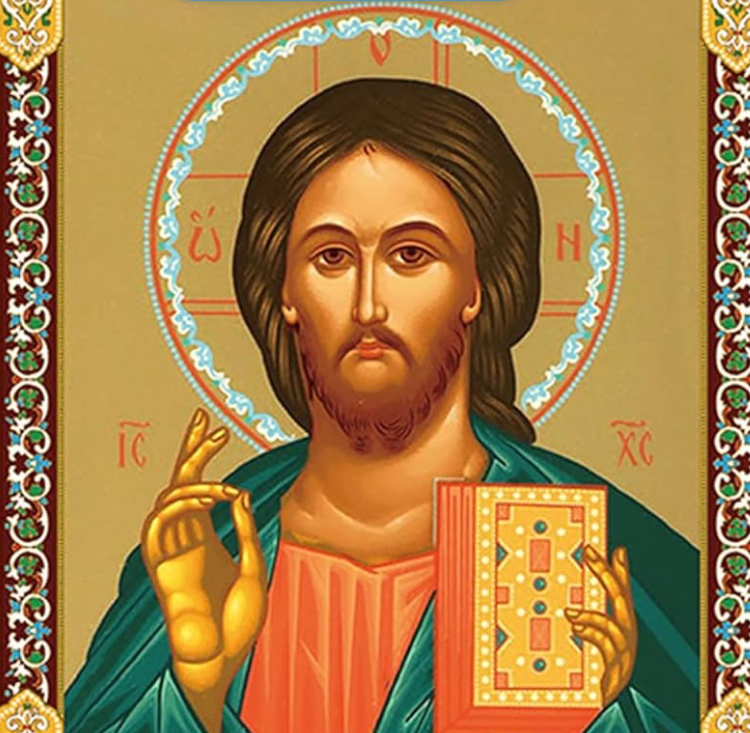In France, between 1928 and 1929, the ELCHIC painter Rene Magritte painted a painting entitled ‘The Betrayal of Images’. In this painting, there was a picture of a pipe and underneath was the phrase: ‘This is Not a Pipe’. This work was such a breakthrough in both art and thought that M. Foucault, one of the most important French philosophers, wrote a book with the same title 43 years later.
What at first glance seems like a declaration of the obvious, namely the fact that it is not a pipe but a painting of a pipe, points to something more. Today, we see this excess in the form of those who fill the offices of plastic surgeons, those who spend their last penny on the latest cell phones, and those who live in the hope of finding a woman or man of flawless and lasting beauty.
For centuries, the social sciences of the West have been trying to discover man and the world. Moreover, it does not do so with the aim of reaching a truth. The knowledge obtained is carried to life for profit and greed by natural scientists who have become the ‘Homo Faber’ (tool-making man) of the sovereign. Without their studies on the human race, would we be living in such a visual world today? The duration of our ‘freedom’ to skip an advertisement on YouTube is determined by the data of the studies conducted in which field?
Vulnerability starts with the eye. The eye is the shortest bridge to the human mind. In this respect, thought and morality are closely related to the eye.
‘This is not a pipe’ Ceci n’est pas une pipe.
(The command is to the eye before the beholder)
Where the issue intersects with theology is the issue of depiction. In the current period, apart from the painting believed to be of Ali in our country and the Prophet Muhammad (PBUH) in Iran, the Islamic world has overcome the issue of depiction with Asian figures that do not have distinctive physical features. As is well known, pagan religions turn to allegorical sculpture and painting in order to express a complicated perception of a creator at a simpler level through metaphors. That is to say, the most basic psychological factor underlying this appears to be the cut-and-dryness of the human being who does not want to be exhausted by abstract thought.This situation, which seems like an innocent weakness, is quite dangerous: Every mental design transferred from the abstract to the concrete is manipulatable and controllable, especially when repetition and the human attitude of internalization based on repetition are involved. The way to sterilize and manipulate a mental construct is to constrain it by transforming it into the concrete. Once framed, everything becomes fillable by those in power. In this context, the first and fundamental tool of mental hegemony is visualization.
Depiction is the shortest route to manipulation and the eye is the shortest bridge that takes us to the two great bastions of fiction, the brain and the heart. Everything we make tangible and visible draws boundaries to our mind and perception.
In this sense, the frame is not only a border we put on the picture, but also on the fiction in our minds. It constrains one to an abstract way of thinking Depicting both the religion that guides and the prophet who conveys the message is the most important step in establishing an institutionalized, controllable religion that manipulates and anesthetizes the masses. Here, depiction also becomes the most important tool to strengthen the political power and authority of the earth gods who cannot tolerate the idea of a transcendent being. This is an effort to get around the transcendent through manipulation. As a matter of fact, if they had not depicted Jesus Christ, a Middle Eastern prophet, as White, European, Anglo-Saxon and excluded him from being Middle Eastern, would their ugly caricatures have been so full of orientalism, hatred and insult? Would they have been able to walk around with so much with aesthetic arrogance? What could be more natural than for the children of a White god to despise non-Whites? Does anyone remember that Jesus or the Jews were Middle Eastern?

The Western experience of making religious life, and after secularization, daily life, visually oriented speaks volumes: We must resist the visualization of religion as much as possible, the visualization of our personal lives as much as we can, develop abstract art and thinking as much as possible, and refrain from violently turning works and people into heroes without a single sparkle.
Today, the West needs a mind-liberating revolution: to replace the picture of the pipe with a picture of the ugly caricatures of the Prophet Muhammad and to write underneath: ‘Ceci n’est pas une prophète’ – This is not a prophet.






